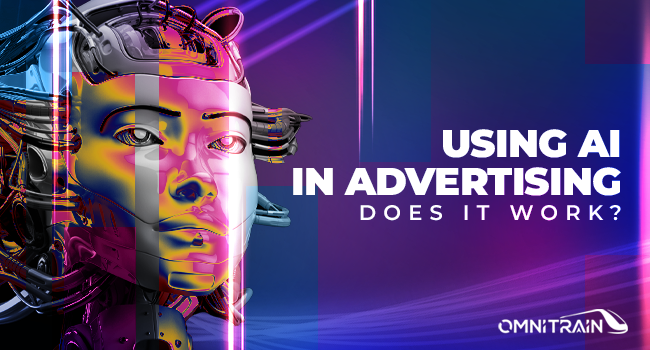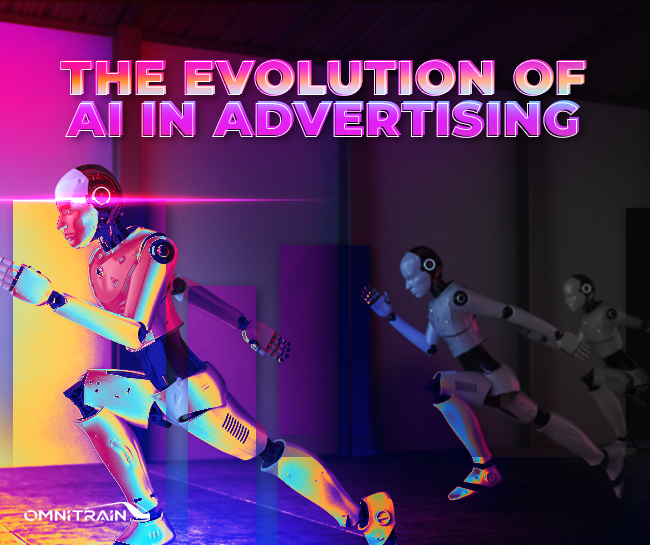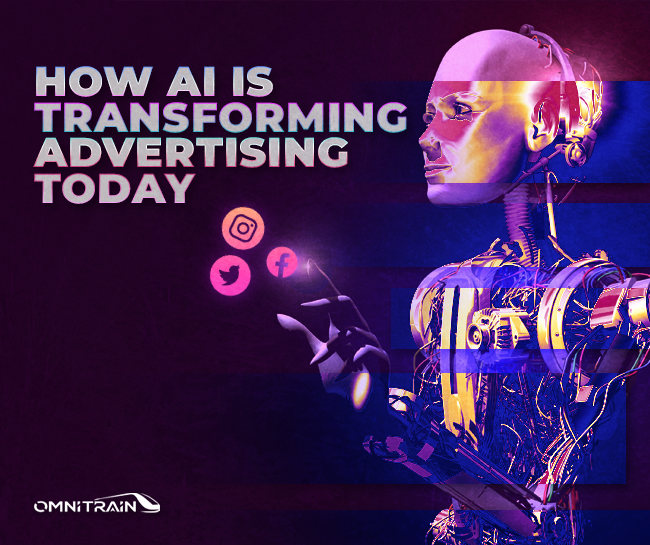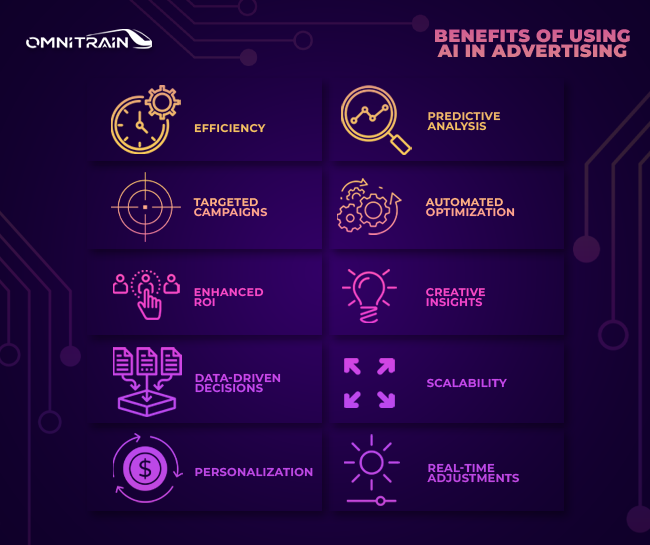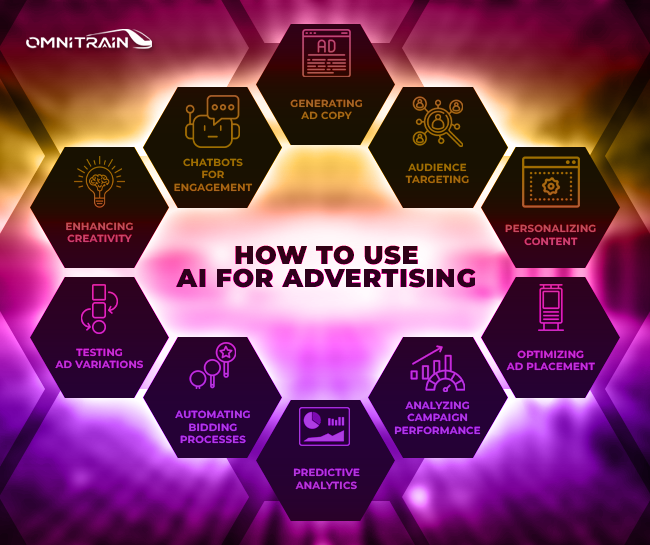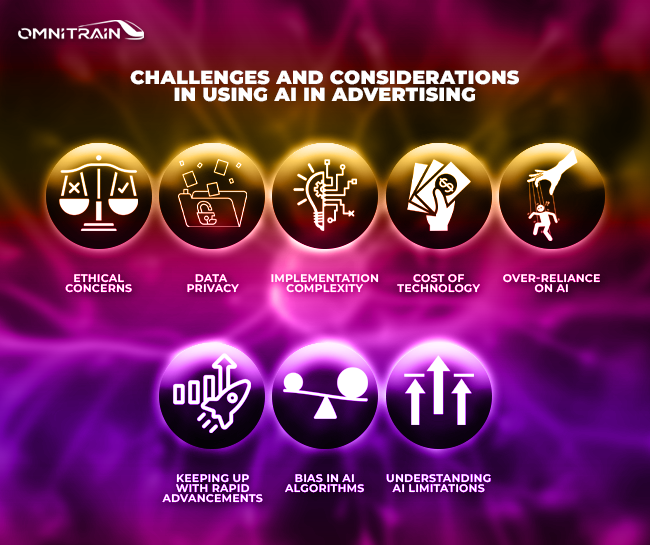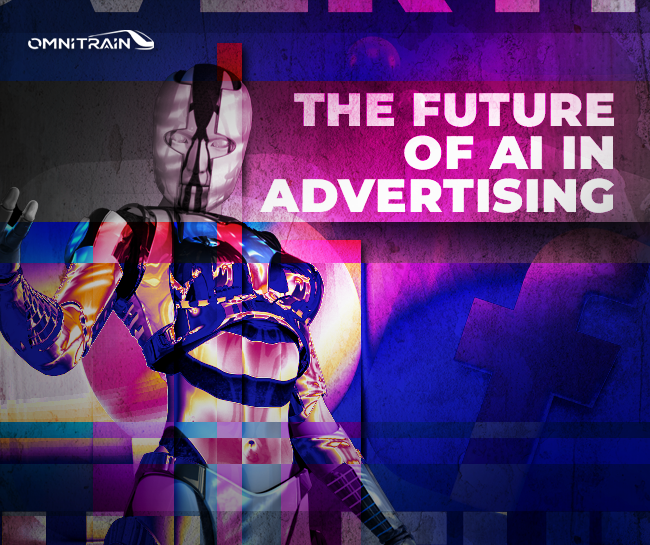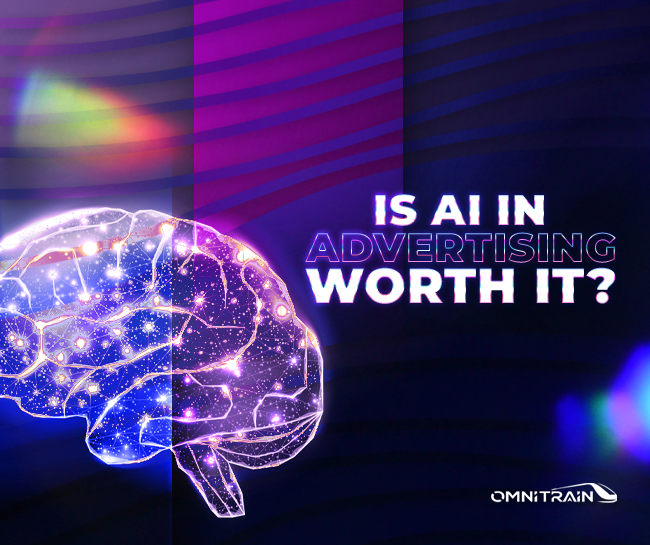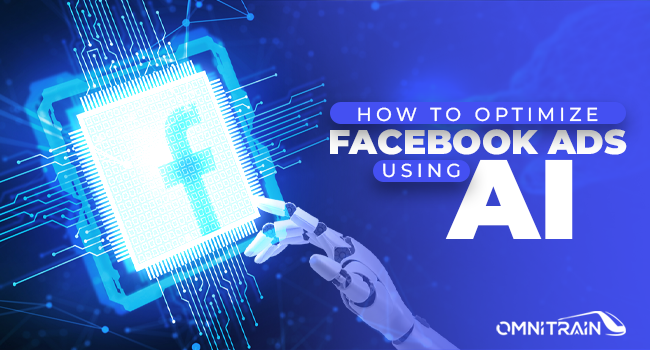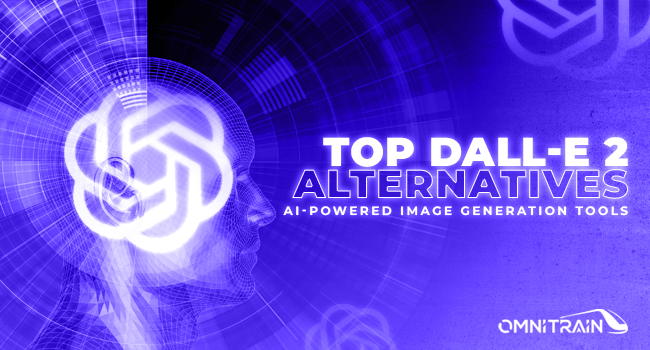Ever wondered if AI can boost your advertising game? If you’re pondering whether to jump on the AI bandwagon for your marketing efforts, this post is for you. We’re cutting through the hype to explore how AI is reshaping advertising. It’s not just tech talk; it’s about making ads that truly resonate. Join us as we uncover the real impact of AI in the world of advertising.
The Evolution of AI in Advertising
AI in advertising isn’t a new phenomenon. Its roots can be traced back to the early days of digital marketing, where rudimentary algorithms were used for basic ad targeting. However, the last decade has witnessed exponential advancements. From simple data analysis to sophisticated predictive modeling, AI has evolved to understand consumer behavior intricately, enabling advertisers to create highly personalized campaigns.
How AI is Transforming Advertising Today
Today, AI is omnipresent in advertising. Tools like chatbots, recommendation engines, and programmatic ad buying are redefining engagement. AI algorithms analyze vast amounts of data to predict consumer preferences, optimizing ad placements and content in real-time. This level of customization was unimaginable a few years ago but is now a reality, thanks to AI.
Benefits of Using AI in Advertising
Embracing AI in advertising unlocks numerous advantages. It’s not just about automation; it’s about smarter, more effective campaigns. From enhancing efficiency to personalizing customer experiences, AI is revolutionizing how we approach advertising. Let’s delve into the specific benefits AI brings to the table in the advertising realm
- Efficiency: AI streamlines ad processes, saving time and resources.
- Targeted Campaigns: With AI, ads reach the right audience, increasing relevance and engagement.
- Enhanced ROI: AI’s precision in targeting and optimization leads to better returns on investment.
- Data-Driven Decisions: AI provides deep insights from data, enabling smarter, evidence-based advertising strategies.
- Personalization: AI tailors ads to individual preferences, enhancing customer experience.
- Predictive Analysis: AI anticipates market trends and consumer behavior, keeping campaigns ahead of the curve.
- Automated Optimization: AI continuously adjusts campaigns for optimal performance.
- Creative Insights: AI offers new perspectives in creative development, enriching ad content.
- Scalability: AI can effortlessly scale operations to suit business needs.
- Real-Time Adjustments: AI responds instantly to market changes, keeping campaigns relevant.
How to Use AI for Advertising
Embracing AI in advertising can significantly enhance your campaigns. Here’s how to effectively integrate AI for impactful advertising:
- Generating Ad Copy: Utilize AI-powered tools to create compelling and targeted ad copy, saving time and improving engagement.
- Audience Targeting: Employ AI algorithms to analyze data and identify your ideal audience, ensuring your ads reach the most receptive viewers.
- Personalizing Content: Use AI to tailor content based on individual user preferences, increasing the relevance and effectiveness of your ads.
- Optimizing Ad Placement: Let AI determine the best platforms and times to display your ads for maximum visibility and engagement.
- Analyzing Campaign Performance: Implement AI systems to track and analyze the performance of your ads, providing insights for future optimizations.
- Predictive Analytics: Use AI to predict future consumer trends and behaviors, allowing you to stay ahead in your advertising strategy.
- Automating Bidding Processes: Leverage AI for programmatic advertising, automating the bidding process for ad placements in real-time.
- Testing Ad Variations: Utilize AI for A/B testing at scale, quickly determining which ad variations perform best.
- Enhancing Creativity: Use AI to generate creative ideas and visuals for ads, complementing human creativity with data-driven insights.
- Chatbots for Engagement: Integrate AI-powered chatbots in your digital ads to interact with and engage users in real-time.
Challenges and Considerations in Using AI in Advertising
While AI in advertising offers numerous benefits, it also comes with its own set of challenges. Here’s a look at these challenges and how to navigate them effectively:
- Ethical Concerns: Balancing AI’s capabilities with ethical advertising practices can be achieved through transparent data usage and respecting consumer privacy.
- Data Privacy: Implementing robust data protection measures ensures compliance with privacy laws while harnessing AI’s power.
- Implementation Complexity: Partnering with AI experts and investing in training can simplify the integration of AI into existing advertising systems.
- Cost of Technology: Balancing the initial investment in AI technology with long-term ROI planning makes it financially viable.
- Over-Reliance on AI: Maintaining a human touch in campaigns, even as AI handles data-driven tasks, keeps advertising relatable and authentic.
- Keeping Up with Rapid Advancements: Continuous learning and adaptation are key to staying abreast of evolving AI technologies in advertising.
- Bias in AI Algorithms: Regularly auditing and updating AI algorithms helps in minimizing biases and ensuring fair ad targeting.
- Understanding AI Limitations: Recognizing that AI is a tool, not a complete solution, leads to more strategic and effective use in advertising campaigns.
Future of AI in Advertising
The future of AI in advertising is brimming with possibilities. We’re looking at more advanced predictive analytics, AI-driven content creation, and even deeper personalization. The integration of AI with emerging technologies like augmented reality (AR) and virtual reality (VR) is set to create even more immersive advertising experiences.
Is AI in Advertising Worth It?
AI in advertising is not just a buzzword; it’s a potent tool that, when used correctly, can significantly enhance the effectiveness of advertising campaigns. Its ability to process and analyze vast amounts of data, predict consumer behavior, and automate tasks makes it invaluable. For businesses willing to embrace this technology, the potential rewards are substantial.


